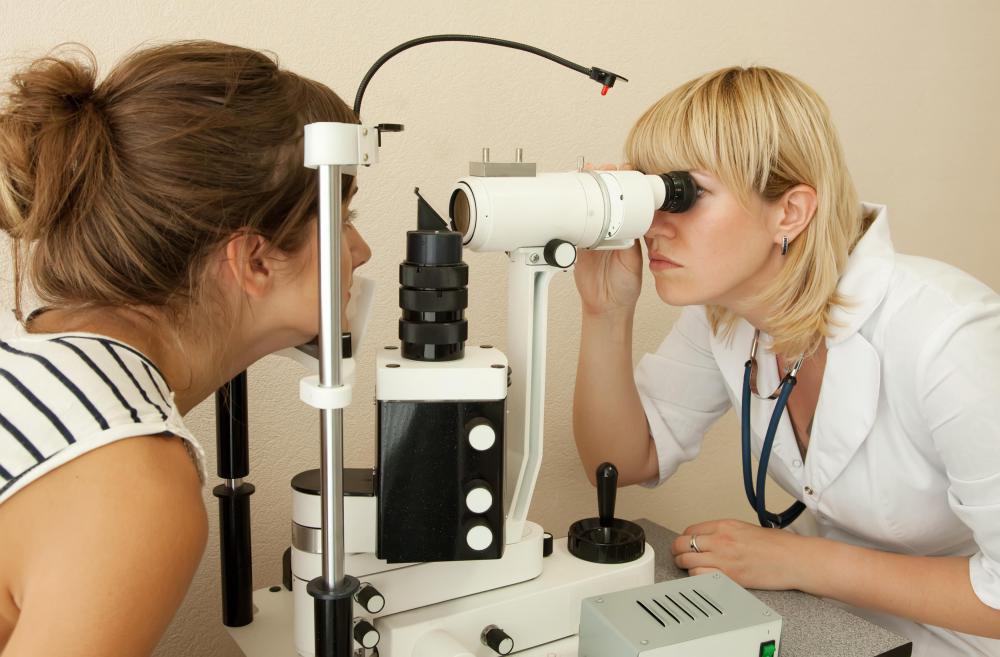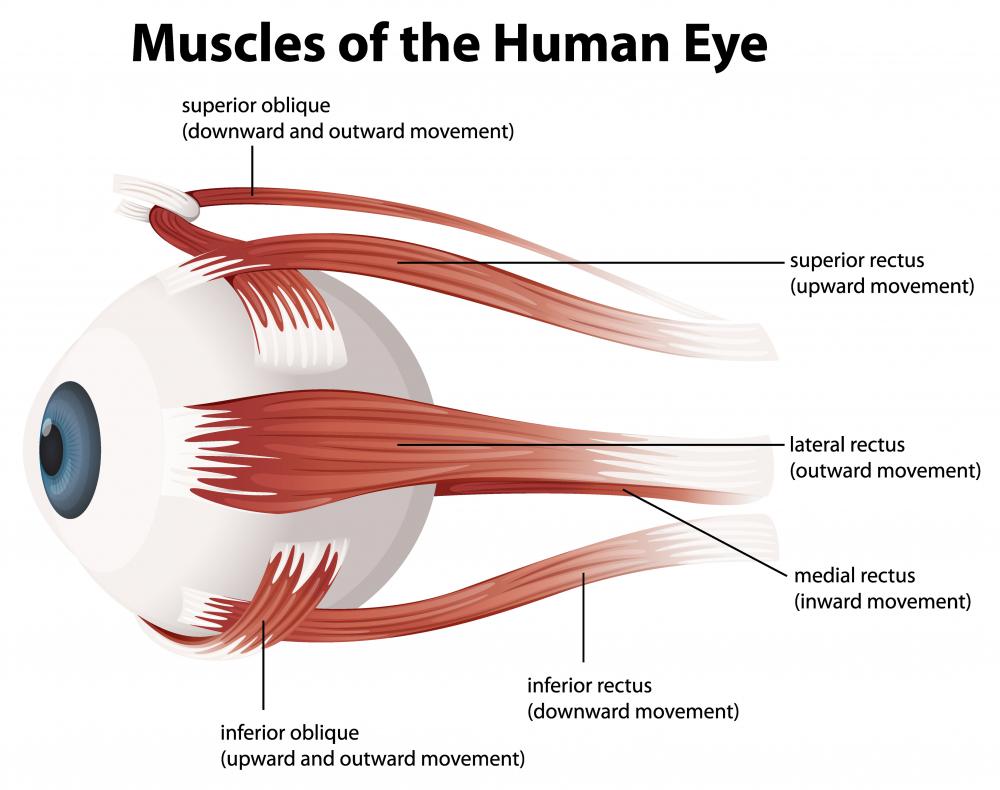At WiseGEEK, we're committed to delivering accurate, trustworthy information. Our expert-authored content is rigorously fact-checked and sourced from credible authorities. Discover how we uphold the highest standards in providing you with reliable knowledge.
What are Some Different Types of Prosthetic Eyes?
Prosthetic eyes, or ocular prosthetics, are artificial eyes that replace a natural eye absent due to surgical removal from disease or injury. They have been in existence for hundreds of years in some fashion. Early ones were made of cryolite glass, but these early versions were expensive, not very durable, and crude compared to those of modern medicine. Patients were often fitted with pre-made eyes straight out of a drawer or traveling oculist’s cases.
By the 1940s, advancements in this field occurred with the development of plastic acrylic. Medical grade plastic acrylic is still used today to make prosthetic eyes. Not only are plastic ones more durable than their glass counterparts, they are custom-made for individual fitting, which provides both a more natural look and a better fit.

Though prosthetic eyes are defined as artificial eyes, they are actually an ocular prosthesis, which differs from an ocular implant. An ocular implant is a device that is fitted into the eye socket by a surgeon after removal and act as the core of the ocular prosthetic fitted after healing. Ocular implants, like prosthetic eyes, were once made of glass, but today they are made from various materials including acrylic, silicon rubber and polyethylene. They support the orbital structure and surrounding muscles and provide support for the artificial eye.

The making and fitting of prosthetic eyes takes several visits to an artificial eye technician. Several measurements, including a cast of the eye socket, and other observations are made throughout the process of a custom-fit eye. Depending on the actual removal or circumstances of loss of the eye, the prosthetic may allow for movement with the attachment of eye muscles to an implant. Further advancements in medicine have seen the possibility of allowing them to tap into undamaged optical nerves.

The future of prosthetic eyes likely includes the use of both magnets and bionics, both of which have been developed and are undergoing testing. The successful incorporation of magnets could mean easier, more natural movement. The first bionic eye was tested on a human in 2002.
AS FEATURED ON:
AS FEATURED ON:














Discussion Comments
I was wondering if there are any facilities in or around Oklahoma that utilize the magnetic prosthesis for the eye? Also, if not magnetic, if there are any that promote really good movement in the prosthetic eye.
Post your comments